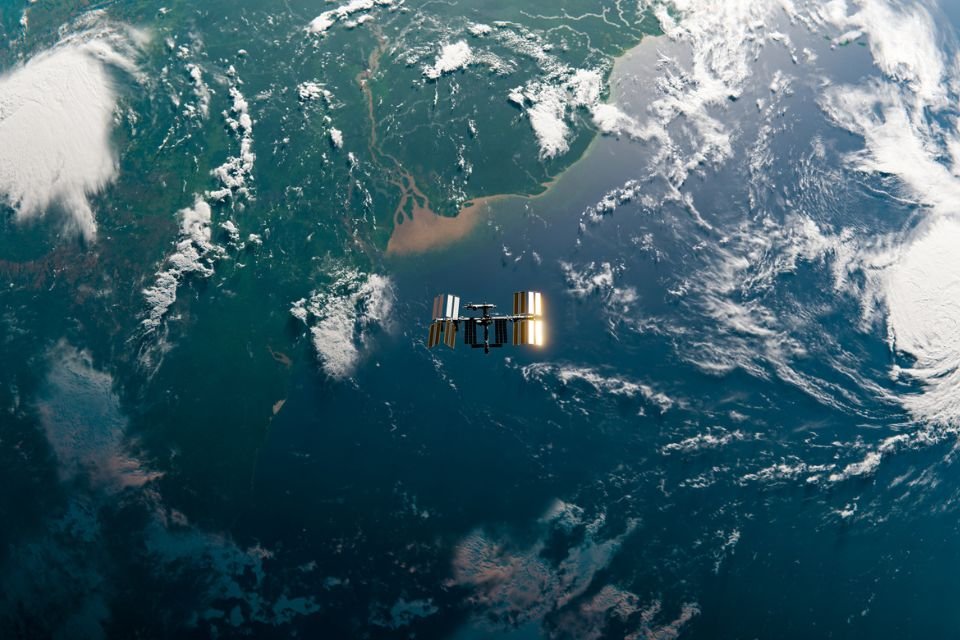The European Space Agency (ESA in English) announced the renewal of Heritage European Remote Sensing 2 (ERS-2), one of its satellites that has been operating in Earth orbit since 1995 and was deactivated in 2011. It is expected to fall to Earth next Wednesday., February 21. The object is expected to enter the planet’s atmosphere in the morning and burn up naturally.
The European agency’s Space Debris Office monitors and tracks the Earth observation satellite in partnership with an international surveillance network. Re-entry is scheduled for 06:14 ET (8:14 a.m. Brasília time) with an uncertainty window of up to 15 hours. The location of the remote sensing satellite will be updated in real time on the agency’s website.
Although the time is more or less determined, It is not yet clear where the burning will take place, “As the spacecraft’s re-entry is ‘natural’, with no possibility of manoeuvring, it is impossible to know exactly where and when it will re-enter the atmosphere and start burning up,” ESA’s statement says.
What exactly is the satellite that will fall to Earth?
According to the ESA website, ERS-2 was launched four years after its sister satellite, ERS-1. It represented the most modern in terms of Earth observation equipment at the time. The duo carried an impressive suite of instruments into Earth orbit, including a synthetic aperture imaging radar and altimeter.
In fact, other advanced sensors were part of the equipment, designed to measure the surface temperature of the oceans, winds at sea and, in the case of ERS-2, a new feature that later proved very necessary: the additional sensor for measuring ozone, atmospheric.
In an era when global warming was not talked about, this pair of satellites collected valuable data about melting Earth’s polar ice caps, changes in Earth’s relief, rising sea levels and atmospheric chemistry. ERSs are also called upon to monitor natural disasters such as floods and earthquakes in different parts of the planet.
How will the satellite fall to Earth?
Once its fuel is exhausted, Heritage ERS-2 has a mass estimated by ESA to be 2,294 kg. But the agency’s experts assure that this structure is similar to that of other space debris that enters the atmosphere of our planet about every week.
According to ESA’s statement, the satellite will disintegrate when it reaches an altitude of 80 kilometers above the Earth’s surface. Most of the pieces will then burn up in the atmosphere. Although some can reach the surface, However, they will not contain harmful substances and have a high probability of falling into the ocean, says the space agency.
Did you like the content? Therefore, follow the portal’s Science notebook to stay updated. To the next one!
Source: Tec Mundo
I’m Blaine Morgan, an experienced journalist and writer with over 8 years of experience in the tech industry. My expertise lies in writing about technology news and trends, covering everything from cutting-edge gadgets to emerging software developments. I’ve written for several leading publications including Gadget Onus where I am an author.












